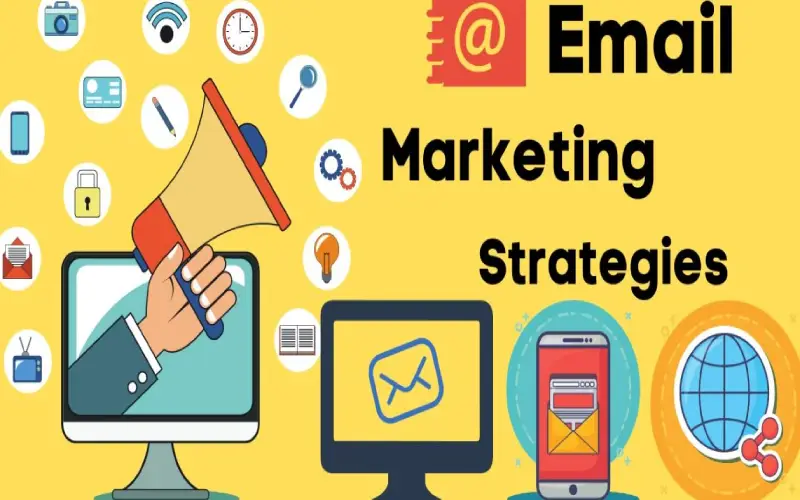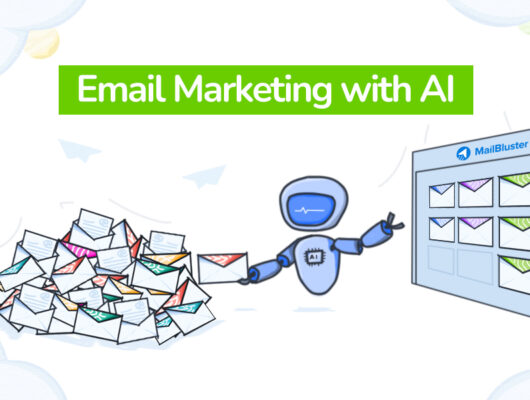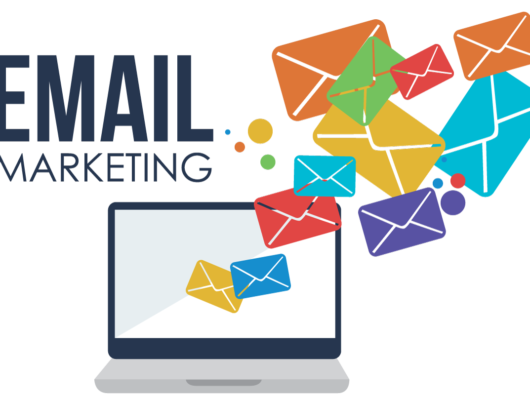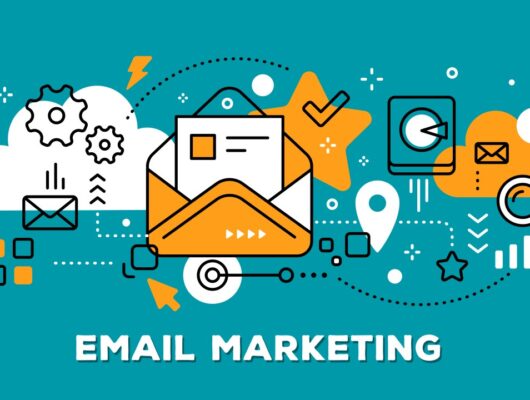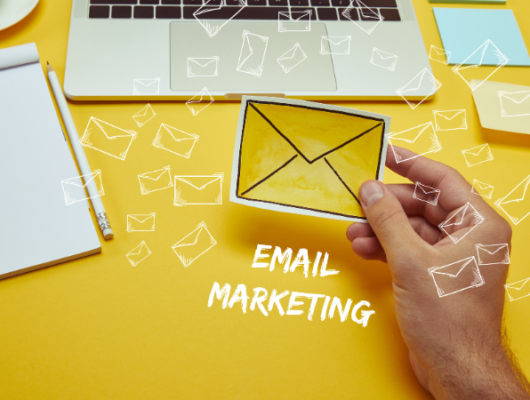Email marketing is a powerful tool for businesses of all sizes, offering a cost-effective way to reach customers and build lasting relationships.
For beginners, starting an email marketing campaign can seem daunting, but with the right approach, it can become a cornerstone of your digital marketing strategy.
This guide will walk you through the basics of email marketing, from setting up your first campaign to analyzing your results.
Understanding Email Marketing
What is Email Marketing?
Email marketing involves sending marketing messages via email to a list of subscribers with the goal of promoting your business, enhancing customer loyalty, and increasing sales. These emails can range from promotional content and product announcements to customer newsletters and event invitations.
Benefits of Email Marketing
- Cost-Effective: Generally less expensive than other forms of advertising while offering a high return on investment.
- Direct Communication: Allows for direct and personal communication with your audience.
- Measurable: Results are easily measurable, providing clear insights into the effectiveness of each campaign.
Setting Up Your Email Marketing Campaign
Choosing the Right Email Marketing Platform
Select an email marketing platform that fits your business needs. Popular options for beginners include Mailchimp, Constant Contact, and Sendinblue. These platforms offer user-friendly interfaces, template options, and insightful analytics.
Building Your Email List
- Start with Existing Contacts: Gather emails from your current customers, website visitors, and social media followers.
- Use Lead Magnets: Offer something valuable like a free ebook, discount, or exclusive content in exchange for email addresses.
- Ensure Compliance: Always obtain consent before adding someone to your list and comply with email regulations like GDPR or CAN-SPAM.
Creating Your First Email
- Design: Use templates provided by your email platform to create visually appealing emails. Ensure they are mobile-friendly.
- Content: Keep your message clear and concise. Tailor the content to meet the interests of your audience.
- Call to Action: Include a clear call to action (CTA), such as visiting your website, registering for a webinar, or using a coupon.
Best Practices for Email Marketing
Personalization and Segmentation
- Personalization: Use subscriber data to personalize emails with the recipient’s name and relevant content.
- Segmentation: Divide your list based on demographics, purchase history, or engagement to send more targeted and effective emails.
Testing and Optimization
- A/B Testing: Test different aspects of your email, such as subject lines or CTA buttons, to see what performs best.
- Regular Updates: Continuously update and refresh your email strategies based on feedback and analytics to improve engagement and effectiveness.
Analyzing Your Results
Review key metrics such as open rates, click-through rates, and conversion rates to understand the effectiveness of your campaigns. Use these insights to refine your strategies and improve future emails.
Conclusion
Email marketing is a versatile and essential tool for businesses looking to grow and engage their audience.
For beginners, understanding the basics and applying best practices can lead to successful campaigns that contribute significantly to business goals.
Start simple, learn from your experiences, and adapt to maximize your email marketing success.


